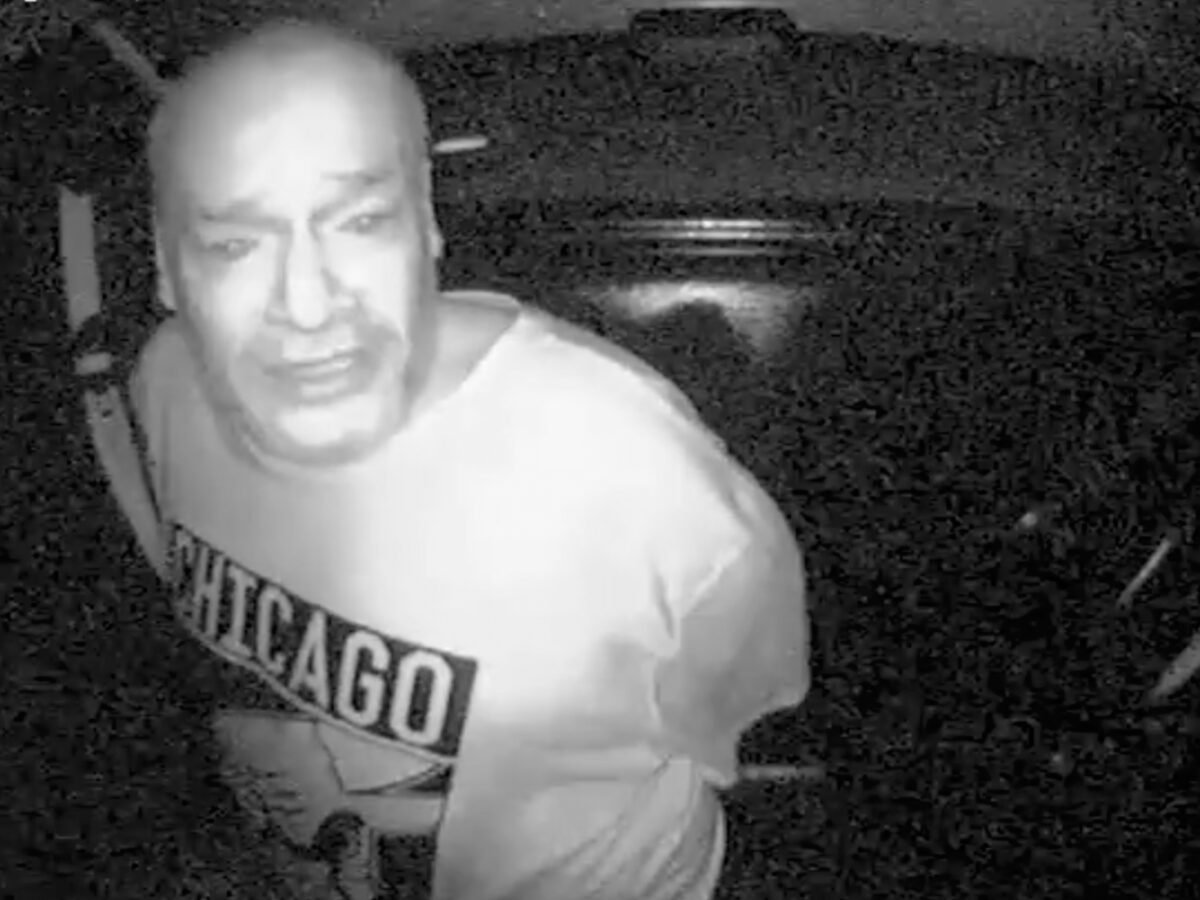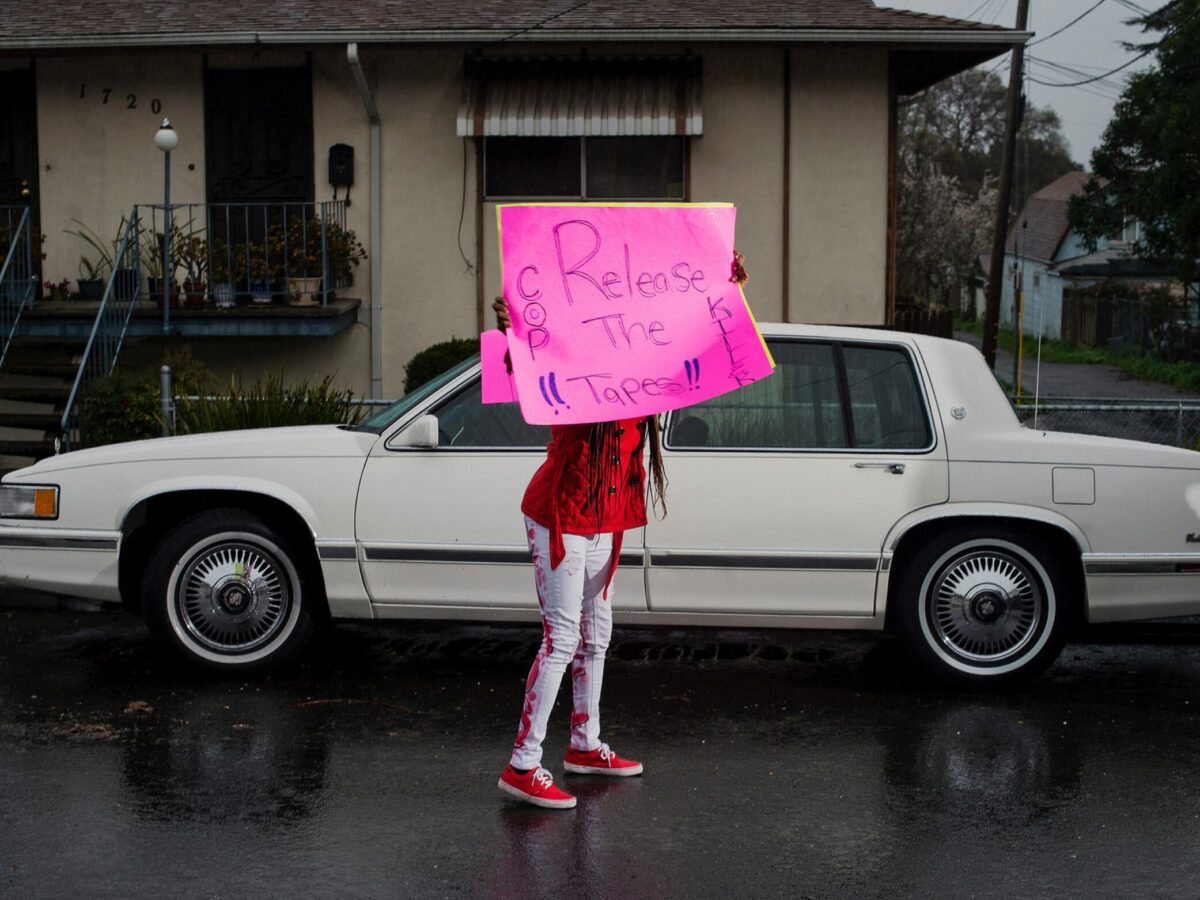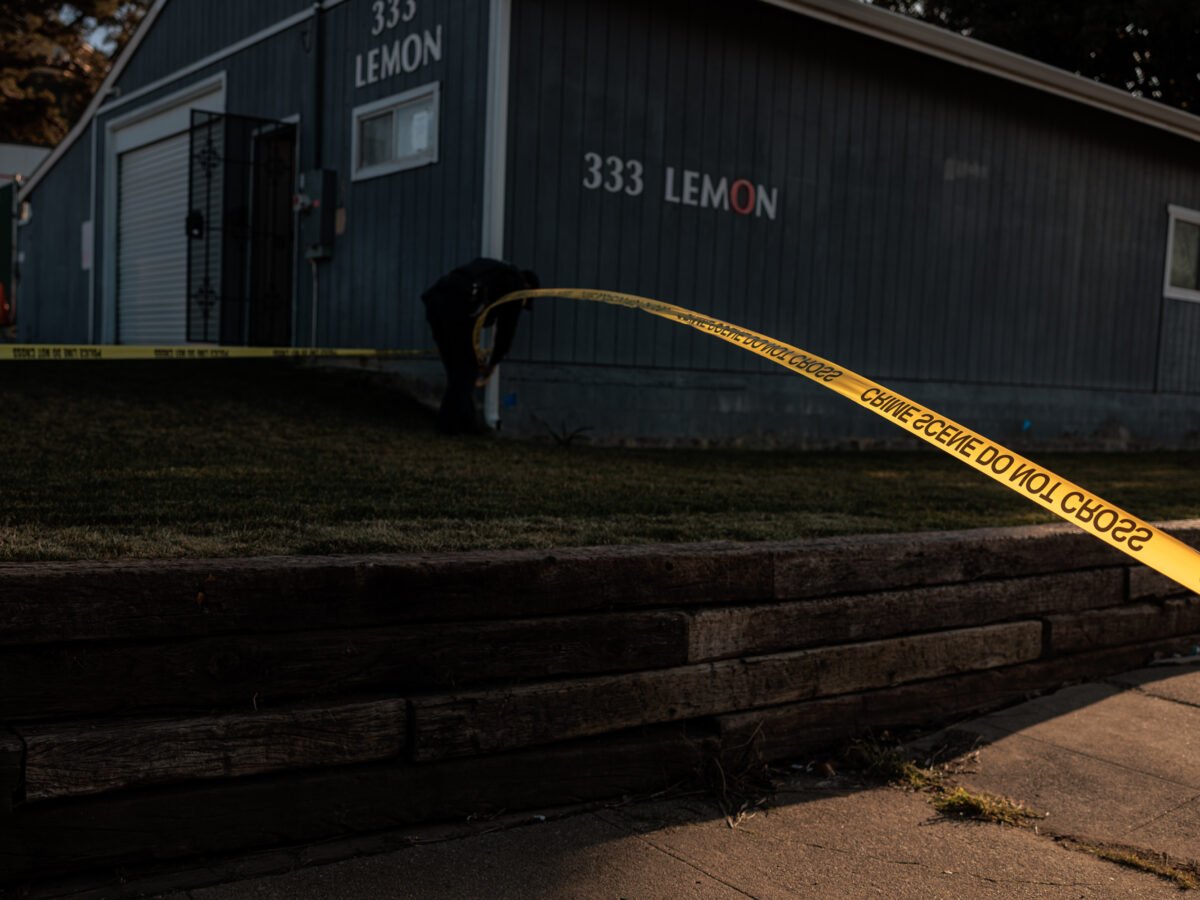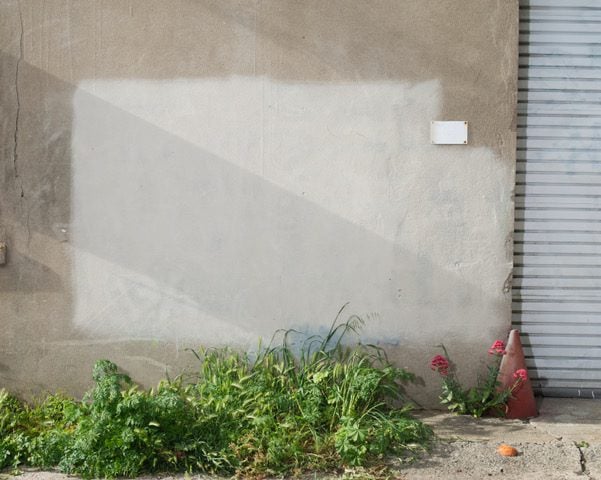
Carolyn Drake / Magnum Photos
Painted-over graffiti on a wall in Vallejo, California. Credit: Carolyn Drake / Magnum PhotosA version of this essay was published to Medium on Feb. 10, 2019. Vallejo police killed 20-year-old Willie McCoy the previous evening.
Civil rights violations by the Vallejo Police Department have proved devastating for the municipality and its residents. They are remarkable even when compared to much larger departments, according to public records and press reports.
The high cost of settlements in frequent civil rights cases forced the city to leave its insurance pool last year, and Vallejo’s insurance costs have increased dramatically, choking millions of dollars in the city’s budget that could be spent on community services.
In this place, structural violence and physical violence are intimately linked.
Public records reveal that since 2003, Vallejo and its insurers have paid or approved at least $10.1 million in misconduct-related judgments or settlements involving Vallejo police. More than $4.5 million has been paid out for such claims since 2016.
A July 2018 investigation by the East Bay Express found Vallejo paid more in civil rights judgments and settlements per officer than any of the nine Bay Area agencies it surveyed.
For example, according to the Express, the City and County of San Francisco paid $1.3 million for civil rights claims in 2015–2017. Averaged across its approximately 3,000 sworn police officers and sheriff’s deputies, civil rights claims cost San Francisco approximately $433 per officer in those three years. Public records show that Vallejo paid $2 million for a fatal shooting during this same time period, for a per-officer amount of approximately $20,000. Of the two cities, as of 2017 Vallejo had a lower overall crime rate, and the violent crime rates were comparable.
“The most successful litigation defense is not to have been sued in the first place.”
— Bill Baer, U.S. Department of Justice
Also in July 2018, Vallejo withdrew from the California Joint Powers Risk Management Authority municipal insurance pool, of which it had been a member since 1987. The CJPRMA saved the city millions of dollars in direct payouts for police misconduct from 2003–2018. But that proved costly for other members of the pool: prior to its exclusion from the program, Vallejo’s 5-year loss history equaled 22% of total losses. Vallejo’s losses were “large and disproportionate” compared to other members of the pool, a trend that continued even after Vallejo’s bankruptcy.
Vallejo was effectively forced out of the CJPRMA on Dec. 11, 2017, when the insurance pool’s directors voted unanimously to increase the city’s self-insurance retention amount from $500,000 to $2,500,000. Vallejo announced its withdrawal from the program on Feb. 28, 2018, just before the pool covered the bulk of one last large settlement for the city — a $2.5 million defamation action brought by a kidnapping and sexual assault survivor who was publicly accused of fabricating her story.
Vallejo’s exclusion from the insurance pool required the city to switch to new and ultimately more expensive insurance. According to the 2018–2019 city budget, Vallejo’s “insurance and risk management challenges” will increase its insurance costs by $2 million each year. This represents a projected 24% increase in insurance costs over the next five years. The city projects a deficit beginning this year.
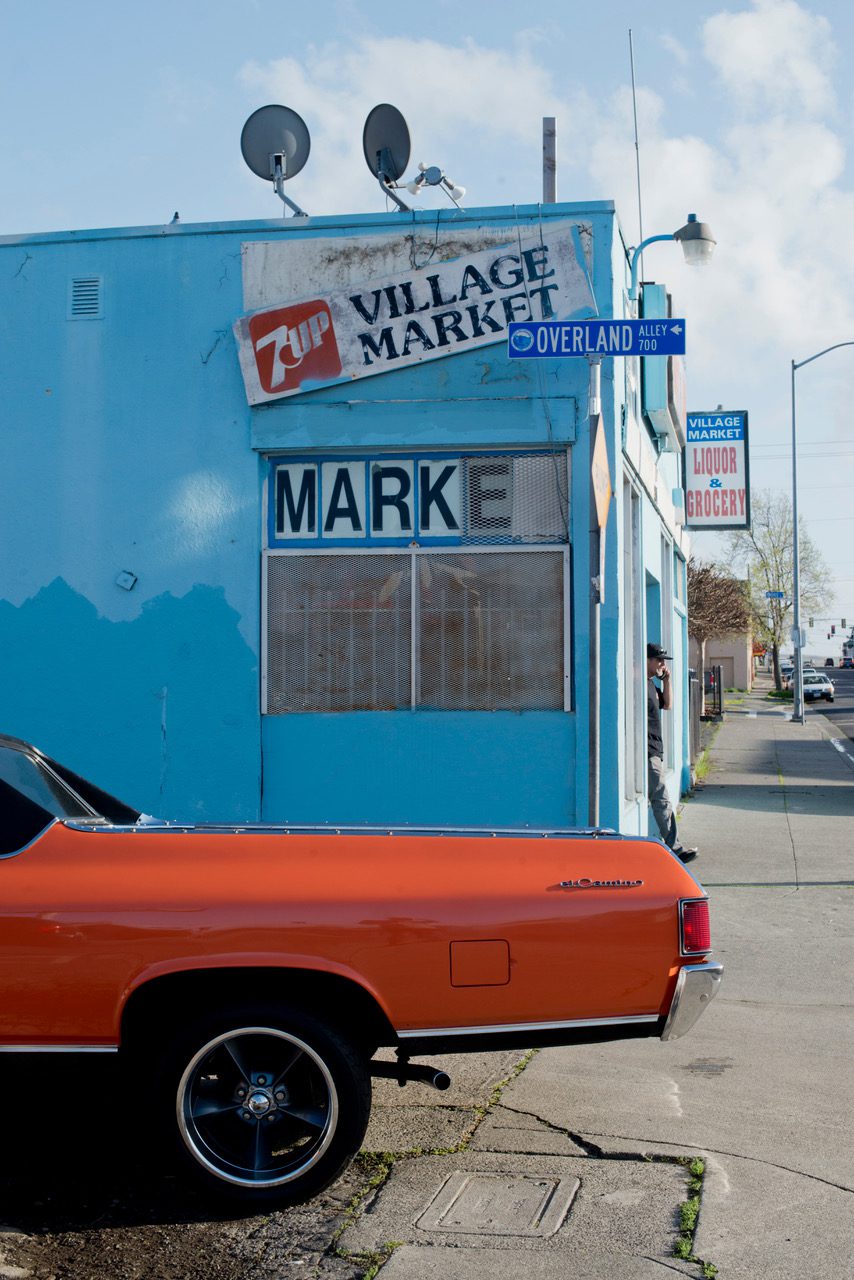
Carolyn Drake / Magnum Photos
The Village Market liquor and Grocery on Sonoma Blvd. Credit: Carolyn Drake / Magnum PhotosIn other words, Vallejo will now have to set aside $2 million more each year to cover potential settlements and judgments against the city. This is $2 million that could be spent on schools, parks, roads, and social services. It could pay for approximately 8 additional police officers, who make upward of $200,000 per year in salary, overtime and benefits, while at the same time providing better training and accountability mechanisms.
Instead this money will sit encumbered, waiting for the next civil rights lawsuit against the police department. Several lawsuits are working their way through the federal court system. Recent cases have involved fatal shootings by officers; others allegedly resulted in amputations, broken bones, unlawful arrests, and Taser shocks — including to a family dog. Two more lawsuits are expected over incidents caught on video in 2018 and 2019, both involving the same officer. And less than 24 hours ago, Vallejo police officers killed a man they say was armed and initially unresponsive as he sat in a car in a Taco Bell drive-through.
The numbers cited above do not include the costs associated with any future civil rights investigations or lawsuits by the California or U.S. Departments of Justice, the business and reputational impacts on the city, or the challenge of solving crimes in the face of public mistrust. They do not begin to capture the untold heartache people suffer, or the negative impact on the community as a whole, when those sworn to uphold the law break it instead.
Vallejo can better protect its fiscal health and its residents’ civil rights by modernizing its policing strategies. In the words of Bill Baer, then the third-highest ranking official at the U.S. Department of Justice, “the most successful litigation defense is not to have been sued in the first place, and when one is sued, it helps a great deal when law enforcement efforts are guided by evidence-based best practices.”
Baer was discussing the final report of the President’s Task Force on 21st Century Policing, which found that “Any [crime] prevention strategy that unintentionally violates civil rights, compromises police legitimacy or undermines trust is counterproductive from both ethical and cost-benefit perspectives. Ignoring these considerations can have both financial costs (e.g., lawsuits) and social costs (e.g., loss of public support).” The President’s Task Force report is one potential roadmap for building a police force that is modern, constitutional and just.
We have already tried looking the other way, with increasingly predictable, tragic and costly results. Vallejo deserves and must do better.
Thanks to Scott Morris, John Glidden, and Jean Likover for doing so much of the original research that inspired and informed this post.

